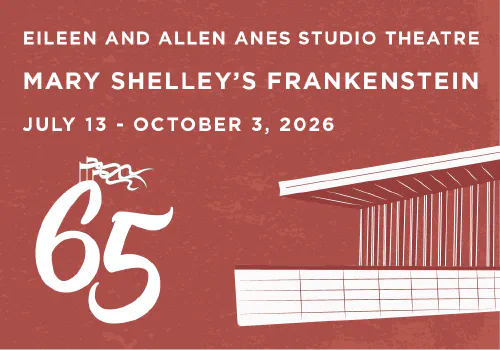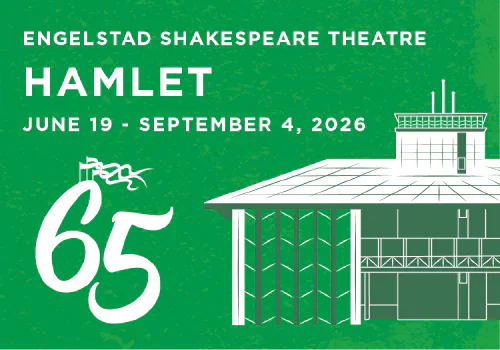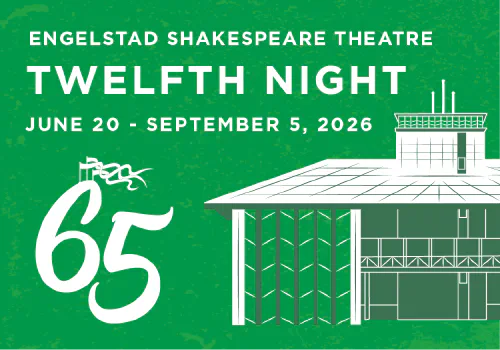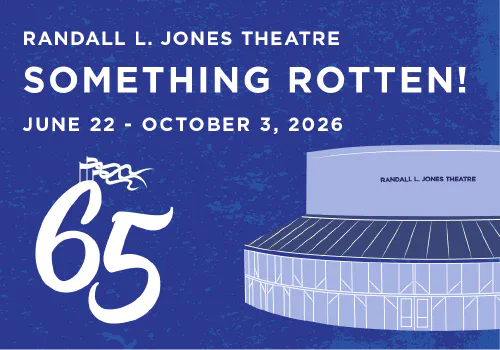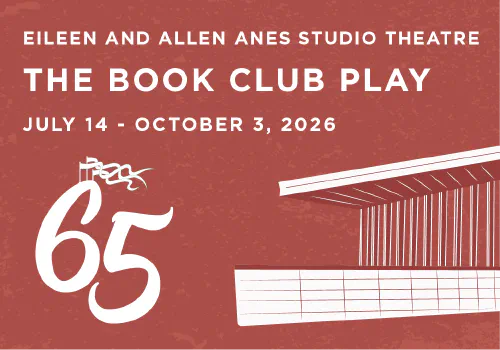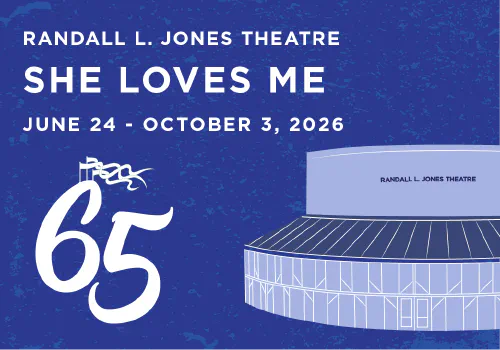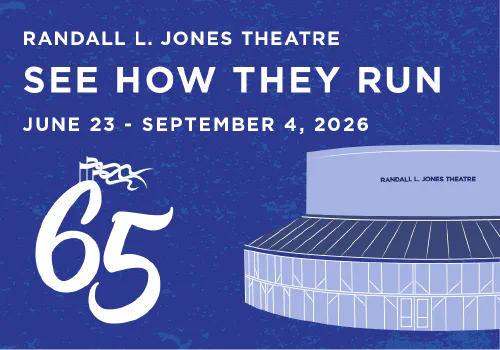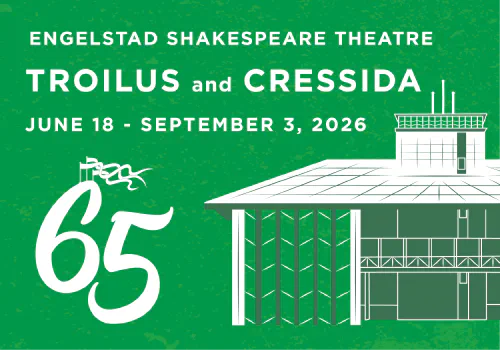Meet Festival Lighting Designer Donna Ruzika

By Marlo Ihler
Long-time lighting designer Donna Ruzika is always up for an adventure. Her career in lighting design spans decades of working at theatres all over the country and the world, and this summer she is celebrating her seventeenth year with the Utah Shakespeare Festival. The Festival caught up with her as she was arriving in Cedar City for the adventurous 2016 season.
The Shakespeare Globe: How did you get started in theatre lighting design?
Donna Ruzika: When I was in college, I started out as a business major, but I went in search of a new major. After trying physical education and social sciences, I literally ran into this guy that suggested I try out for a production of Hair in the theatre department. He was the keyboard player and lighting designer. I was cast in the show. We dated. I found my major. When I graduated, we got married. Tom Ruzika became my wonderful husband and, in a way, my lighting mentor.
Globe: You have worked with the Festival for a long time! How did the connection with the Festival begin?
Ruzika: Yes, I go way back! My husband’s graduate studies professor (and former Festival associate artistic director), Cam Harvey, asked Tom if he could go to Utah and design the lights for the 1973 season. Tom said yes—if there would be a job for me. So, I was the ticket office manager that summer, and later the first company manager!
As life moved forward, I developed my freelance career as a lighting designer. Cam then asked me if I would design for the Festival. That started my tenure as lighting designer at the Festival.
Globe: What have you done to prepare for this exciting summer in the new Engelstad Shakespeare Theatre?
Ruzika: I worked for days figuring out how to transfer my work from the old Adams Theatre into the Engelstad Theatre. During seventeen seasons in the Adams Theatre, I developed a very effective repertory light plot that was flexible enough to enable me to light the three productions each summer. Designing in a new theatre always has challenges. Designing for one that isn’t finished is even trickier. So, it’s going to be an exciting summer for all of us figuring out how to work in the new space.
Globe: What is your process when formulating lighting designs and how much is done before being onsite?
Ruzika: I read and analyze the play then have discussions with the director regarding his or her concept. Once the scenic and costume designers design, I get their information and go to work. The light plot is the document that shows where each of the 400-plus lighting instruments is placed in the theatre. Each light does a specific job. I not only figure out where those lights are placed and what their purpose is. I also choose the color and templates (patterns) that are used, and much more. The tools and information that enable me to light the production is on the light plot.
Once I am onsite, I watch rehearsals to see how the director is utilizing the space. After hours (usually 10 p.m. to 2 a.m.) my crew and I focus the lights. This takes three to four sessions. We then build all the cues. Building a light cue is like painting a picture with light. The theatre, scenery, costumes, and actors are the canvas, and the lights are the paint. The cues convey to the audience the various moods, time of day, and seasons, and sometimes (without their knowing it) shows them where to look. Hopefully all the cues create a cohesive overall look for the play and take the audience on a journey that mirrors and enhances what is happening on stage.
Globe: And finally, what advice would you give someone interested in pursuing lighting design as a career?
Ruzika: Each designer’s path is different. What we all have in common is that at one point we just decided to try it. So, my advice is to just do it. It’s a great life working in the theatre.


